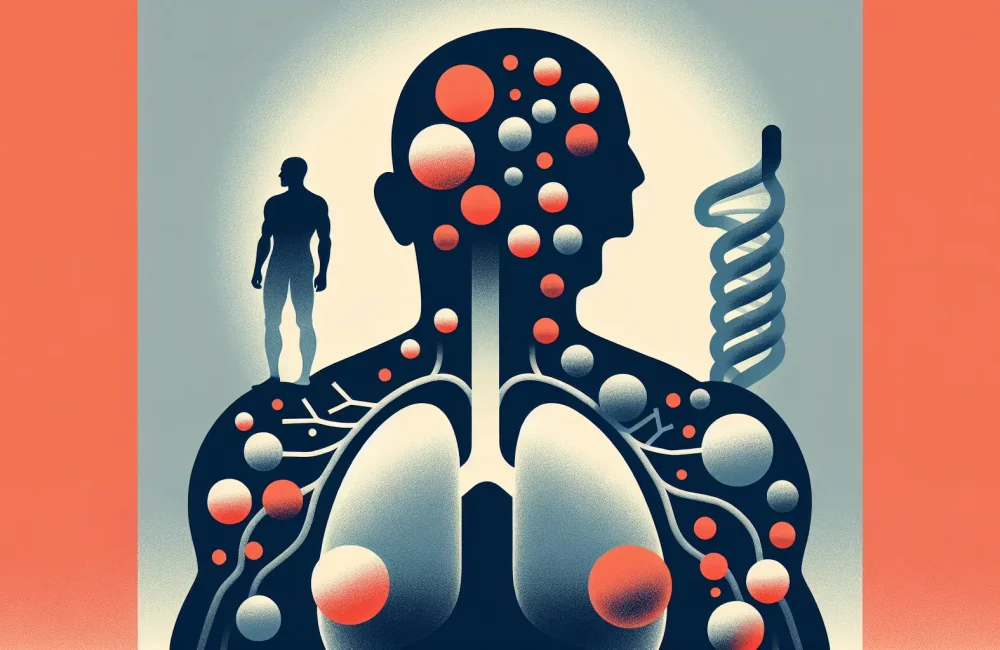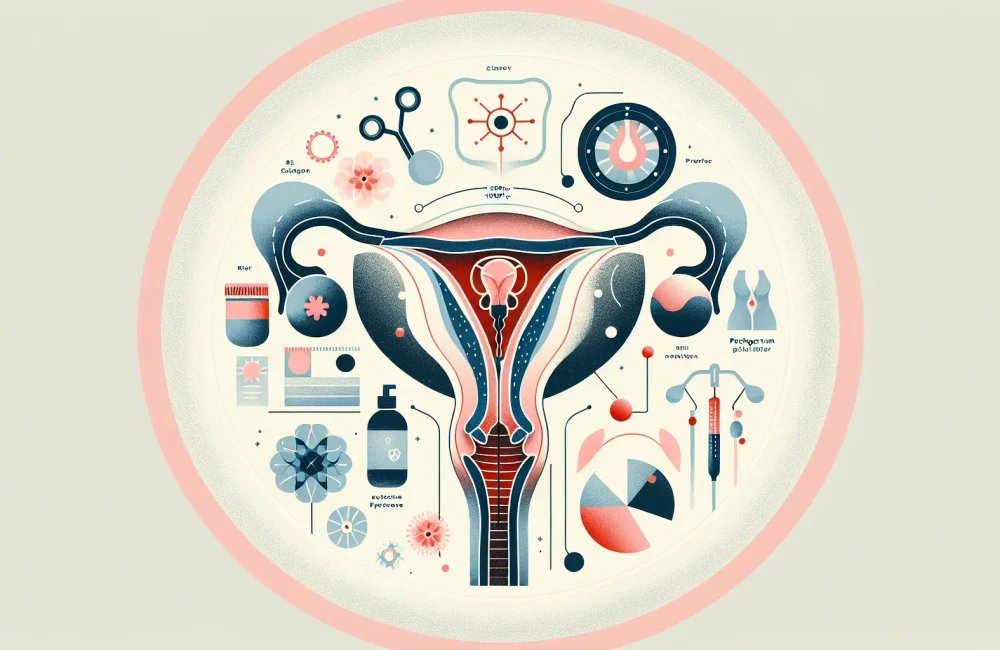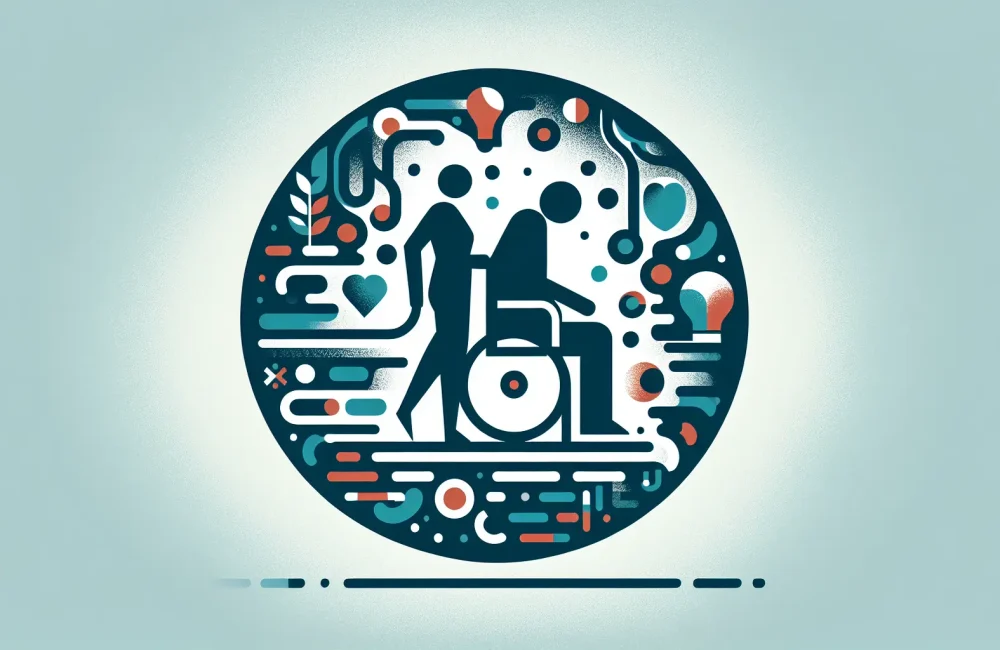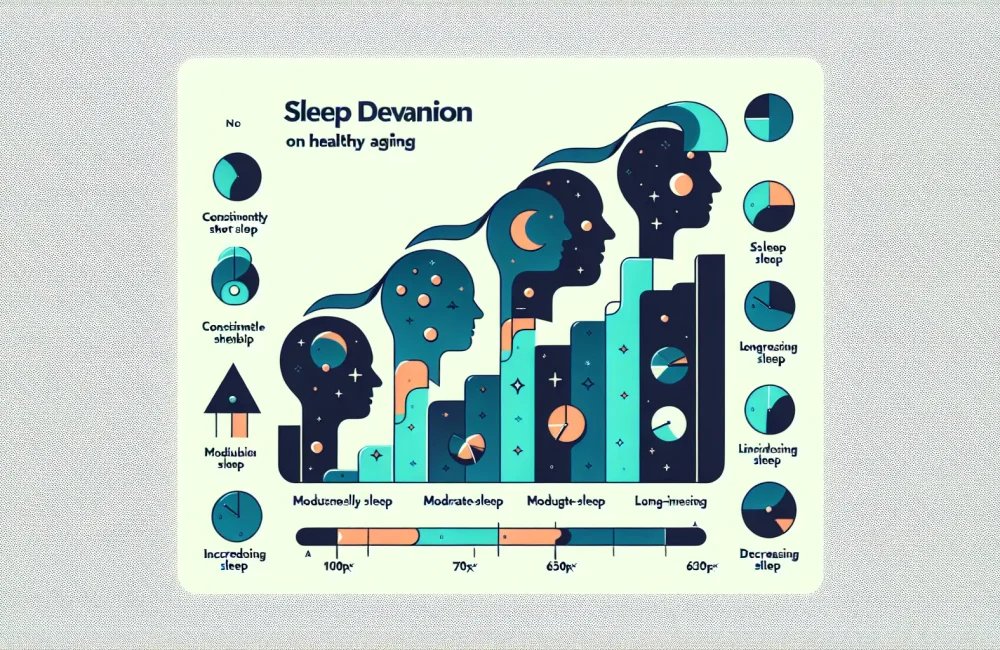By CAFMI AI From Frontiers in Medicine (Open Access)
Understanding Frailty and the Importance of Biomarkers
Frailty is a prevalent and critical syndrome affecting middle-aged and elderly populations, characterized by decreased physiological reserve and heightened vulnerability to health stressors. Clinically, frailty leads to increased risks of falls, disability, hospitalization, and mortality, underscoring its profound impact on patient outcomes in primary and specialized care settings. Early identification and management of frailty are essential for improving quality of life and reducing healthcare burdens. Biomarkers that allow for early detection are of growing interest, as they can help guide interventions before severe decline occurs. Serum total bilirubin has recently emerged as a promising candidate biomarker. It is a product of heme catabolism, traditionally known for its role in liver function tests, but also recognized for antioxidant and anti-inflammatory properties. These properties are relevant, as oxidative stress and inflammation have been implicated in the pathogenesis of frailty. Understanding and utilizing such biomarkers could transform clinical approaches to managing aging patients by providing objective measures linked to frailty progression.
Key Findings: Serum Bilirubin’s Protective Role Against Frailty
This population-based cross-sectional study examined the relationship between serum total bilirubin levels and frailty among middle-aged and elderly individuals, using a validated frailty index composed of criteria such as unintentional weight loss, exhaustion, weakness, slow walking speed, and low physical activity. The study controlled for demographic variables, comorbidities, and lifestyle factors to ensure robust findings. Results demonstrated a significant inverse association: individuals with lower serum total bilirubin concentrations had higher frailty scores. Notably, participants in the lowest bilirubin quartile exhibited markedly increased prevalence of frailty compared to those in the highest quartile. These findings suggest that serum bilirubin acts protectively by mitigating oxidative damage and inflammatory processes that contribute to frailty. The study’s methodological strengths include its large sample size and comprehensive adjustment for confounders, lending credibility to bilirubin’s potential role as a biomarker. Clinically, these insights highlight the value of serum bilirubin not only in liver health assessment but also as an indicator of systemic resilience and aging status.
Clinical Implications and Future Directions in Frailty Management
The inverse relationship between serum total bilirubin levels and frailty severity carries important implications for clinicians managing aging populations. Routine monitoring of bilirubin may help identify patients at elevated risk of frailty, enabling earlier intervention strategies that could include nutritional support, physical therapy, and inflammation-targeted treatments. Moreover, bilirubin’s antioxidant capacity suggests potential avenues for therapeutic research aimed at modulating oxidative stress in vulnerable patients. However, while promising, these findings warrant cautious interpretation; longitudinal studies are necessary to establish causality and explore bilirubin manipulation’s effect on frailty outcomes. From a primary care perspective, integrating serum bilirubin testing into regular health assessments for middle-aged and elderly patients could enhance risk stratification and inform personalized care plans. Counseling patients about the significance of maintaining physiological reserves and addressing modifiable factors like nutrition and activity remains vital. Future research should also assess bilirubin’s performance alongside other frailty markers and explore its role in diverse populations. Overall, this study enriches our understanding of frailty’s biological underpinnings and opens new pathways for clinical assessment and intervention aimed at promoting healthy aging.
Read The Original Publication Here






